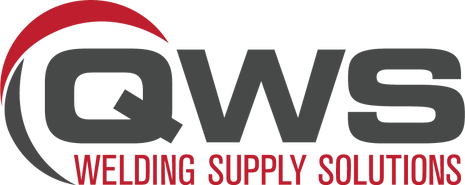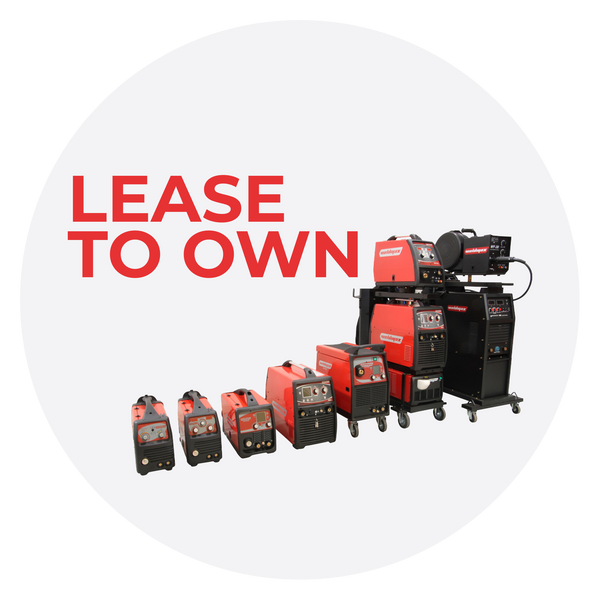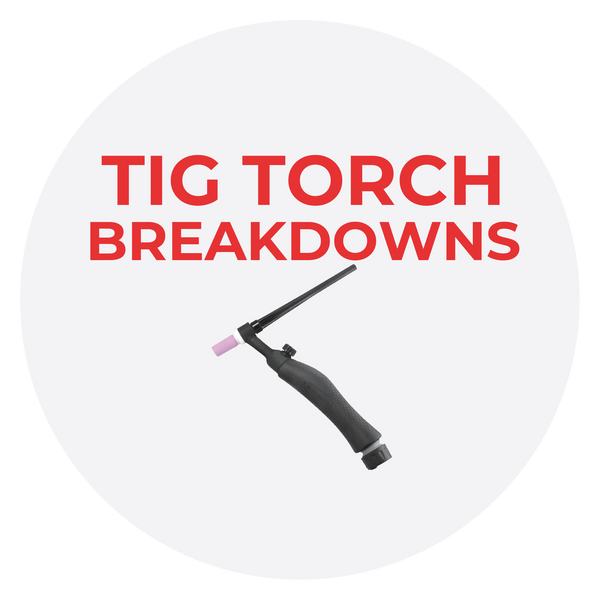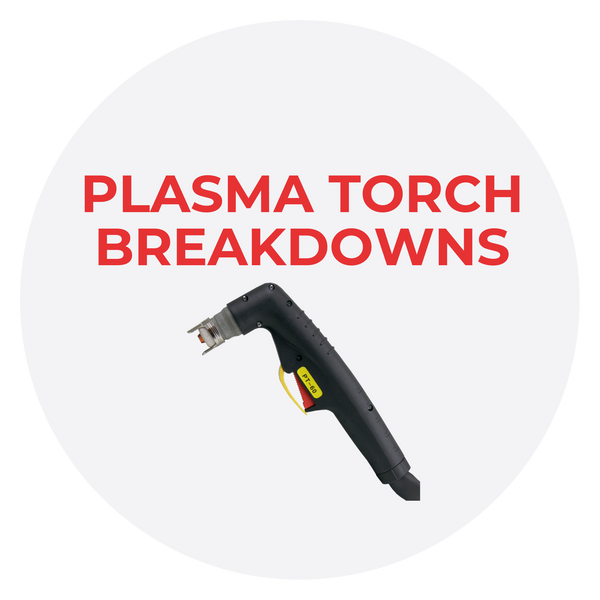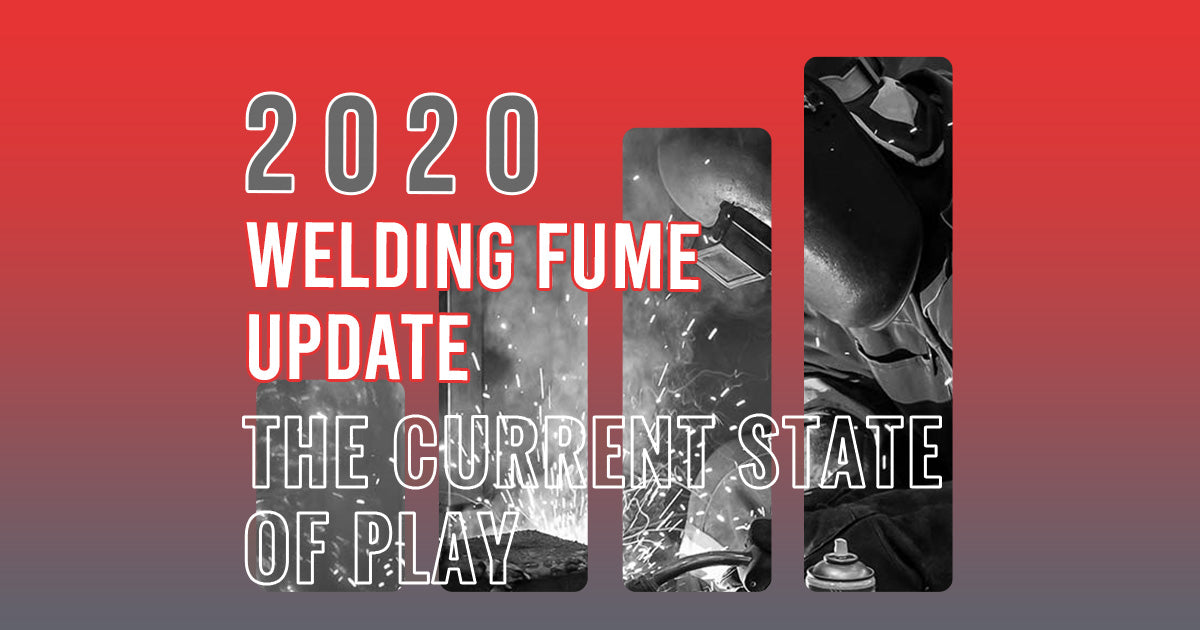
2020 Welding Fume Update: The current state of play
A closer look at the 2019 study on welding fumes and lung cancer, from Australia and New Zealand Perspective
What can I do as an employer of welders?
The employer has the primary responsibility to ensure that welders, as far as reasonably practicable, are not exposed to health and safety risks whilst performing their job. The employer can achieve this by introducing engineering or administrative controls such as extract ventilation and the use of personal protective equipment (PPE) such as welding powered air-purifying respirators (PAPR).
Based on the reclassification of welding fume and this recent 2019 meta-analysis, all employers of welders should consider reviewing their risk assessments for welding activities and revise where necessary their control measures to protect those undertaking welding activities.
‘You must ensure that air monitoring is carried out to determine the airborne concentration of a substance or mixture at the workplace to which an exposure standard applies if:
- you are not certain on reasonable grounds whether or not the airborne concentration of the substance or mixture at the workplace exceeds the relevant exposure standard, or
- monitoring is necessary to determine whether there is a risk to health’3.
For expert guidance on air monitoring in Australia and New Zealand, please contact the Australian Institute of Occupational Hygienists or the New Zealand Occupational Hygiene Society, as appropriate.
Under both the Australian Work, Health and Safety Laws and the New Zealand Health and Safety at work regulations, a person who directs the carrying out of work (eg. employer) at a workplace must provide PPE to workers carrying out work unless the personal protective equipment has been provided by another person conducting a business or undertaking, like a labour-hire company.
As an employer, once you have selected the appropriate PPE, ‘you must provide the worker with information, training and instruction in the proper use and wearing of that PPE. Proper guidance should be given on the storage of equipment and care and maintenance guidelines should be clear and adhered to.

What can I do as a welder?
The key is to remember that the risk is real but keeping yourself safe is simple. There is a risk associated with scuba diving and you wouldn’t dream of doing it without the proper safety equipment. The same is true with welding. If the proper precautions are taken and followed, welding can be a safe occupation.
When selecting suitable PPE, the employer, where reasonable, should consult with the welders. A welder’s knowledge, experience and personal preferences improve the overall decision-making process.
As someone who is directly affected by welding hazards, a welder is entitled to take part in the consultation process and selection of suitable PPE. Personal preferences are the key to user acceptance. - So look for gear that you feel comfortable wearing. As a welder, you should aim to educate yourself on the risks, understand the appropriate PPE available and look to involve yourself in the consultation process and ultimate selection of suitable PPE.

What respiratory PPE should be worn by welders?
In most cases, PPE must be worn by workers when welding to supplement higher levels of controls such as ventilation systems or administrative controls. In the 2017 Occupational Cancer Risk Series on welding, released by the Cancer Council, they advised that welders should ‘wear either air supplied or air-purifying respiratory protection’ and use ‘a full face welding helmet, with a UV filtered lens’ as well as suitable clothing, welding gloves and welding boots.
The Health and Safety Executive (HSE) is the government body responsible for the encouragement, regulation and enforcement of workplace health, safety and welfare, and for research into occupational risks in Great Britain. In February 2019, HSE released a health bulletin regarding the reclassification of welding fume. With immediate effect, they stipulated that there is no known level of safe exposure to welding fume and current control methods such as general ventilation, will not be deemed acceptable. They declared that where controls are not adequate or not present that appropriate and effective respiratory protective equipment is to be provided and used.
Respiratory protection for welders
Respirators are rated by Australian Standard AS/ NZS 1715:2012 with a Required Minimum Protection Factor (RMPF). This indicates if properly worn, the level to which the respirator protects the wearer from the surrounding pollutants. Powered Air Purifying Respirators, correctly worn, have an RMPF of 50 meaning that they supply breathing air a minimum 50 times cleaner than the welder would otherwise be breathing unprotected. Supplied air respirators provide the welder with an RMPF of 100+. This means that these systems deliver air to the welder that is at least 100 times cleaner than the air in the surrounding environment. To put this into perspective, disposable and reusable half-face style respirators have an RMPF of 10 if properly fitted and worn. Therefore, powered air respirators provide 5 times the level of protection compared to a half-face respirator and supplied-air respirators provide 10 times that of disposable and reusable half-face respirators.
The chart below gives a basic guideline to the type of respiratory protection that could be worn based on welding material, process and ventilation. This chart is only provided as an example and as a basic guideline. It should not be used as the only means of selecting a respirator.

The positive side-effect of welders’ PAPR respiratory protection
When you consider that a welding fume particle that is 0.5 µm in size can take 2 days to reach the floor when released from a height of 1.5 metres you begin to understand how long welding fume can remain suspended in the air. You also begin to understand that if you weld using a PAPR and you lift the auto-darkening welding helmet to view your workpiece or complete non-welding tasks, then you have just broken your positive pressure respiratory seal and allowed particles still suspended in the air to enter your breathing zone, compromising your respiratory protection.
With integrated flip-up visor welding helmets with powered air respiratory protection, welders can have completely clear and uninhibited views of their workpiece and surroundings while maintaining their positive pressure seal and desired level of respiratory protection at all times. The powered air respirator goes where you go allowing you to move around your workplace with perfect vision and uninterrupted respiratory protection.
A recent study out of the US found that ‘foreign body eye injuries decreased over 70% year-on-year’ in areas that implemented the PAPRs with integrated flip-up auto-darkening welding helmets. Worker compensation claims decreased markedly while employee morale increased substantially. This is an often-overlooked positive side-effect of using flip-up welding helmet PAPR systems. By keeping the welding helmet on and in the safe down position at all times, the welder has the added benefit of continuous high-impact eye and face protection (if the equipment in use is compliant with Australian and New Zealand standards).

What’s happening in Australia and New Zealand?
The world has shifted to more of a health and safety focus—the result of court cases and research.
A large number of Australian and New Zealand companies are now completely changing their stance on welders’ PPE. The 2017 reclassification of welding fume as carcinogenic prompted many to re-think and challenge what was historically considered ‘normal’. The 2019 statistical analysis concluding that welders have a ‘43% increased risk of lung cancer’1 regardless of the type of steel welded, the welding process or time period is of serious public health relevance and should promote change to better protect welders in Australia, New Zealand and around the world.
Key take-aways
- Welding fume is classified as ‘carcinogenic to humans’.
- Welders have a 43% increased risk of lung cancer.
- Exposure standards should not be considered as representing an acceptable level of exposure to workers. They establish a statutory maximum upper limit.
- If the employer or welders have any doubt that an exposure standard is being exceeded, air monitoring will be necessary.
- The employer must provide the PPE to workers.
- Welders should be involved in the selection of suitable PPE.
- Powered air and supplied air respirators are rated to provide 5-10 times the level of protection of a properly fitted half-face disposable or reusable respirator. They can also have other positive side-effects when used within a business.
- Welders must be provided with information, training and instruction in the proper use, wearing and care & maintenance of PPE.

The QWS team are well trained in recommending efficient RESPIRATORY PROTECTION options to protect yourself from hazardous welding fumes at all times with efficient respiratory protection.
QWS offers a broad range of respiratory protection, we have RESPIRATORS WITH VALVES, FILTERS & PRE-FILTERS, SILICON HALF MASK FACE PIECE, PARTICULATE FILTERS, HEAD HARNESS, FILTER ADAPTORS, PEEL-OFF VISOR OPTIONS, NECK PADS, FILTER RETAINERS, TWIN FILTER HALF MASKS, RESPIRATOR CLEANING WIPES, SOCK FILTERS, DISPOSABLE RESPIRATORS, RESPIRATOR WELDING KIT, BREATHING TUBES and many more…
Click on the link to see our full range of Respiratory Protection https://qws-welding.myshopify.com/collections/respiratory-protection
Contact Queensland Welding Supply anytime to discuss your personal requirements in detail so we can find the most suitable solution for you. CALL US 07 3399 6199 OR 1800 108 900
